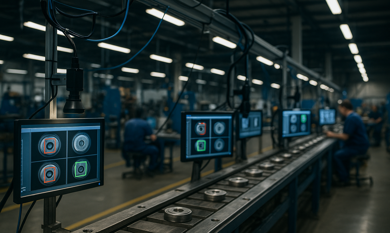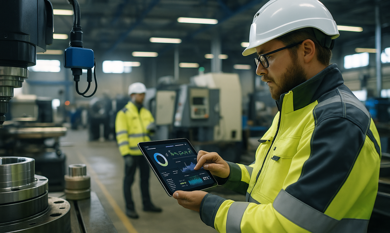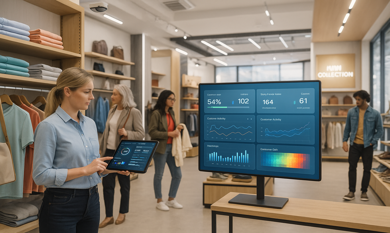The sports industry is undergoing a major digital transformation powered by IoT and wearable technologies. Today, data is no longer just a post-match report — it’s a real-time performance engine. From professional athletes to training academies, wearable devices are enabling precise insights into motion, fatigue, and recovery.
In Dubai, where innovation meets performance, IoT integration is becoming central to sports analytics and coaching systems. Through connected sensors and intelligent data platforms, teams can optimize every movement, reduce injury risks, and achieve competitive consistency. As more organizations turn to IoT-driven wearables, the era of intuition-led training is being replaced with science-backed, data-driven decision-making.
Pain Points in Sports Performance Tracking
Despite modern sports technology, several challenges still hinder athletic performance optimization:
- Lack of real-time monitoring: Traditional methods rely heavily on manual observation and post-session analysis. Coaches often receive delayed insights, making it difficult to intervene in the moment.
- Limited biometric accuracy: Manual measurements fail to capture fluctuations in heart rate, hydration, and muscle strain during training.
- Injury prediction gaps: Overtraining or under-recovery often go unnoticed without continuous monitoring, leading to preventable injuries.
- Data fragmentation: Various systems and devices operate in silos, creating difficulties in integrating performance data into a single dashboard.
Athlete performance requires precision, not assumptions. This is where IoT-driven sports wearables bridge the gap — delivering continuous, accurate, and actionable insights directly to coaches and medical staff.
IoT-Driven Solutions in Sports Wearables
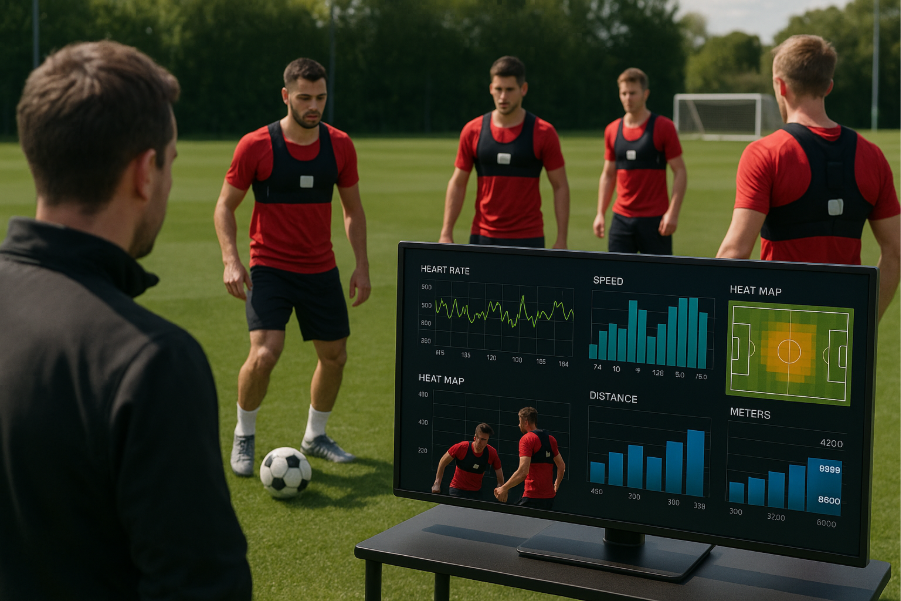
IoT-powered wearables are revolutionizing the way athletes train, recover, and compete. These smart devices — from wristbands to chest sensors and smart shoes — collect real-time data that enables continuous feedback and improvement.
- Biometric Sensors Performance: Advanced sensors monitor heart rate variability, oxygen levels, and hydration status. Coaches can adjust workloads instantly based on live biometric feedback.
- Motion Tracking Wearables: Sensors embedded in clothing or shoes analyze movement, posture, and speed. They help detect inefficiencies in running form or muscle coordination.
- Real-Time Athlete Metrics: IoT coaching platforms allow trainers to view live data from multiple athletes simultaneously, improving coordination and response time.
- Wearable Analytics Dashboard: Data from multiple wearables is consolidated into a single visualization system, simplifying performance tracking across teams or training groups.
Companies offering wearable device development in Dubai are now focusing on integrating multiple IoT systems — from cloud analytics to mobile applications — ensuring a seamless flow of real-time data. Similarly, the best app development company in Dubai can build custom dashboards and mobile apps for personalized athlete data visualization.
Together, these IoT-driven solutions empower athletes to train smarter, reduce fatigue, and achieve consistency across every session.
Technology Stack & Architecture
Behind every successful IoT wearable system lies a robust technical architecture. The solution typically includes:
- IoT Sensors & Connectivity: Smart wearables equipped with accelerometers, gyroscopes, and optical sensors connect via Bluetooth or Wi-Fi.
- Cloud-Based Analytics: Data streams are sent to cloud platforms for advanced analysis, enabling coaches to identify trends across weeks or months.
- Mobile Integration: Through fitness tracker development in Dubai, IoT data can be synced with smartphones for instant access to performance insights.
- Edge Computing: Data is processed locally on the device for immediate alerts, such as detecting fatigue or dehydration risks.
Theta Technolabs specializes in building such IoT-powered sports ecosystems by integrating wearable device development, mobile app interfaces, and web dashboards to deliver real-time, accurate, and scalable sports analytics platforms.
Real-World Implementation
A leading global example of IoT in sports is Catapult Sports, an Australian sports technology company. Catapult provides IoT-enabled wearable tracking devices used by professional football, rugby, and basketball teams worldwide — including teams across the UAE. See more
Their wearable solutions capture in-game data such as acceleration, heart rate, workload, and distance covered. Coaches use this information to optimize training intensity and recovery periods. The system’s predictive analytics also helps prevent injuries before they occur by detecting unusual biomechanical patterns.
This practical implementation showcases how IoT can elevate both athletic performance and team decision-making through real-time intelligence.
Development ROI
Adopting IoT-driven wearables provides measurable returns for sports organizations and fitness enterprises. Some tangible outcomes include:
- Enhanced Performance Efficiency: Teams report up to 30–35% improvement in training efficiency through automated data capture and analytics.
- Reduced Downtime: Predictive alerts minimize injuries, reducing athlete recovery cycles by as much as 40%.
- Operational Cost Savings: Automated data monitoring reduces dependency on manual assessments, cutting coaching overheads significantly.
- Improved Accuracy: IoT systems ensure data accuracy above 95%, enabling precision-based coaching decisions.
For academies and sports startups, investing in sports wearable IoT solutions in UAE delivers both short-term gains and long-term scalability in athlete performance management.
Strategic Benefits
Beyond athletic performance, IoT wearables create new commercial value across the sports industry:
- Data Monetization: Teams and fitness organizations can monetize performance analytics by partnering with research institutions or digital health platforms.
- Brand Differentiation: Offering IoT-integrated training platforms enhances reputation, positioning brands as tech-driven and athlete-centric.
- Improved Athlete Engagement: Smart apps powered by IoT enhance user experience, boosting athlete participation by up to 25% through personalized progress reports.
- Global Scalability: IoT-backed wearable systems can easily expand across teams or regions using wearable technology Dubai solutions built on cloud infrastructure.
As a result, IoT doesn’t just make athletes stronger; it makes sports businesses more resilient and data-driven.
Why Choose Us
At Theta Technolabs, we help businesses design, develop, and deploy IoT-powered sports and wearable platforms that combine precision with innovation.
Our team specializes in:
- Web, Mobile, and Cloud development for IoT solutions.
- Custom wearable integration for fitness, performance, and rehabilitation.
- Cross-platform data analytics dashboards for trainers, clubs, and academies.
Whether you’re building a fitness tracker, a connected coaching app, or an IoT analytics platform, Theta Technolabs ensures secure, scalable, and high-performance solutions tailored to your business goals.
Conclusion
The future of sports performance lies at the intersection of IoT, analytics, and human potential. From biometric insights to predictive injury prevention, wearable technology ensures every athlete trains with precision and purpose.
As adoption accelerates across the Middle East, forward-thinking organizations are partnering with technology experts to build integrated platforms that merge innovation with athletic excellence.
Theta Technolabs, a trusted IoT development company in Dubai, empowers businesses to deliver next-gen sports and fitness solutions through its Web, Mobile, and Cloud capabilities — helping athletes and teams achieve measurable, data-driven success.
Ready to Start?
Ready to turn data into performance?
Partner with Theta Technolabs to build intelligent IoT wearables and connected sports applications that redefine athlete monitoring and training optimization.
📩 sales@thetatechnolabs.com
Let’s shape the future of sports innovation — powered by IoT, data analytics, and real-time intelligence.
FAQ's
1. How do IoT wearables improve athletic performance?
IoT wearables capture real-time metrics like speed, heart rate, and movement, helping athletes and coaches adjust strategies instantly for optimal results.
2. Can IoT devices prevent injuries?
Yes. By analyzing fatigue, strain, and workload patterns, IoT systems can predict potential injury risks before they occur.
3. What technologies are used in wearable sports devices?
Common technologies include Bluetooth, edge computing, biometric sensors, and cloud-based data analytics dashboards.
4. Why is Dubai a growing hub for IoT sports innovation?
Dubai’s smart city initiatives and rapid adoption of digital health and fitness technologies make it a thriving ecosystem for IoT sports innovation and wearable startups.



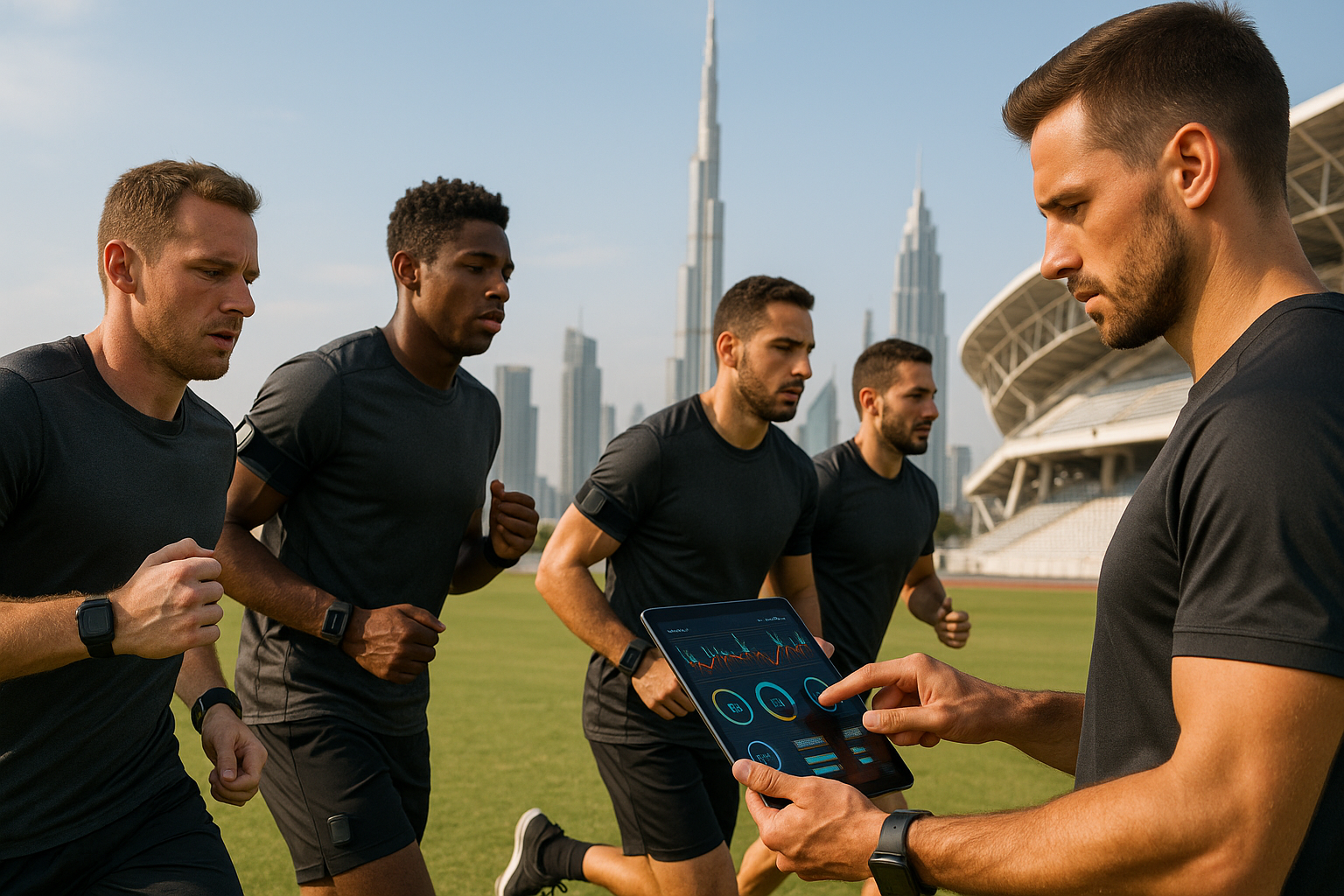










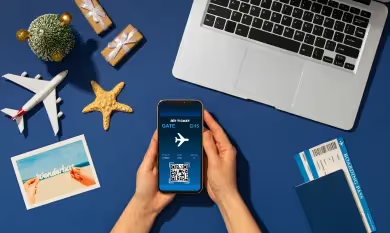

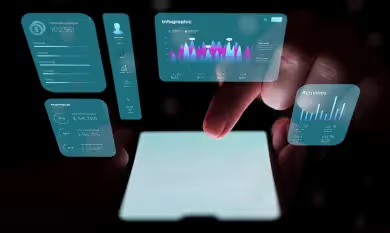

_Computer%20Vision-enabled%20Web%20and%20Mobile%20Interfaces%20for%20Mall%20Management%20in%20Dubai_Q1_In_24.avif)
_Smart%20Solutions%20for%20Healthcare_%20How%20IoT%20Development%20is%20Reshaping%20Dubai%20Hospitals_Q1_In_24.avif)
_Automated%20Checkout%20Systems.avif)
_Smart%20Manufacturing%20in%20Dubai_%20How%20AI%20is%20Driving%20Efficiency%20and%20Innovation_Q1_In_24.avif)

_Understanding%20the%20Impact%20of%20AI%20and%20Machine%20Learning%20on%20Fintech%20Web%20Apps%20in%20Dubai_Q2_24.avif)
_Explore%20the%20Best%20Cross-Platform%20App%20Development%20Frameworks%20of%202024_Q3_24.avif)
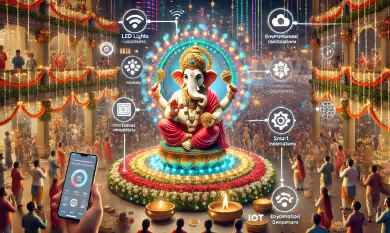

_Top%20Benefits%20of%20Cloud%20Computing%20for%20All%20Business%20Sectors_Q2_24.avif)
_Integrating%20IoT%20with%20Mobile%20Apps%20for%20Advanced%20Renewable%20Energy%20Solutions_Q2_24.avif)

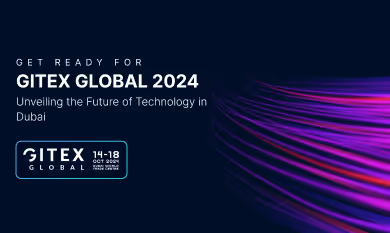
_The%20Transformative%20Role%20of%20Open%20Banking%20APIs%20in%20Fintech%20for%202024_Q3_24.avif)
_Choosing%20the%20Right%20Computer%20Vision%20Development%20Partner%20in%20Ahmedabad%20for%20Construction_Q3_24.avif)
_Node.js%20and%20Blockchain_%20A%20Perfect%20Pair%20for%20Fintech%20Innovation%20in%20Dubai_Q3_24.avif)
_How%20AI%20Development%20Companies%20in%20Ahmedabad%20are%20Transforming%20the%20Shopping%20Experience_Q4_25.avif)
_How%20IoT%20Can%20Reduce%20Energy%20Costs%20in%20Smart%20Factories_Q4_25.avif)
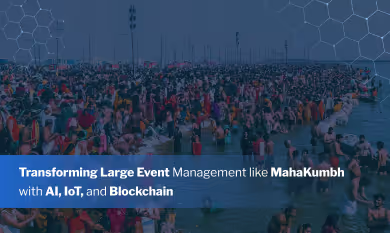


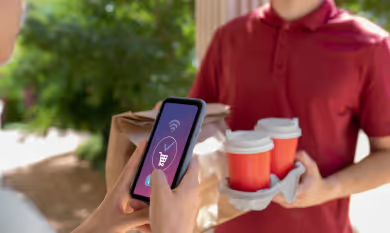








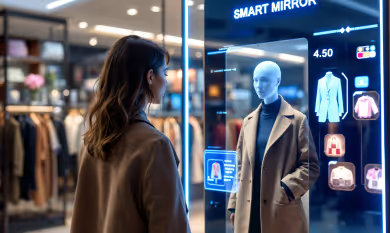
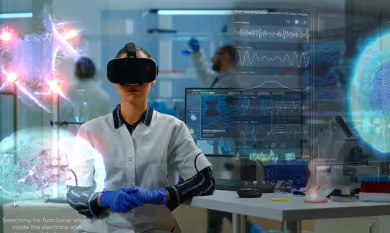
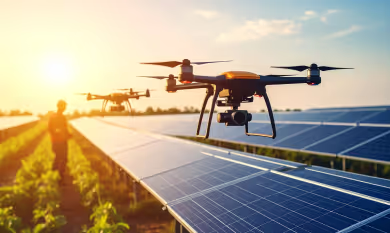
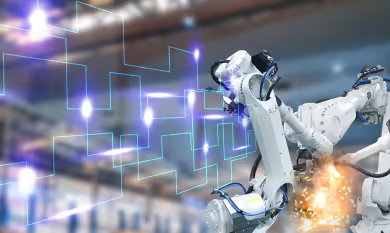

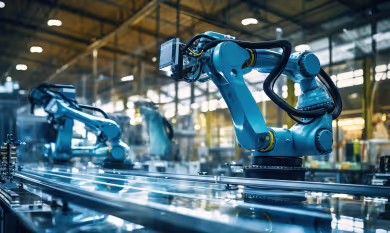
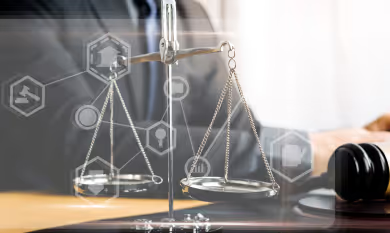


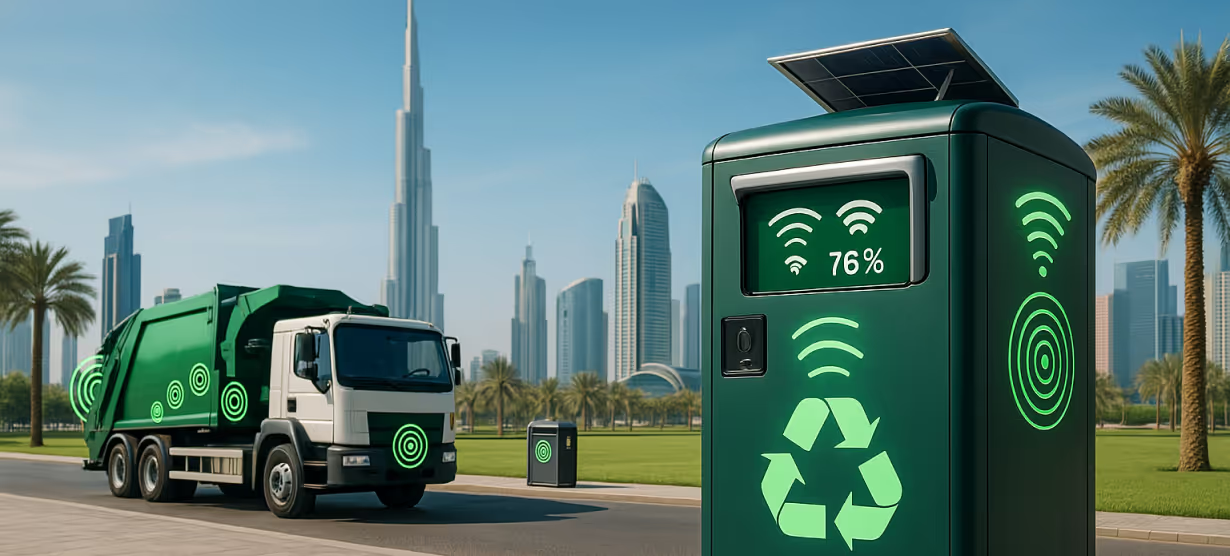

.avif)
.avif)
.avif)

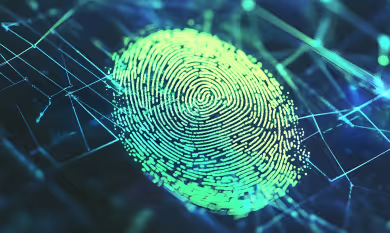



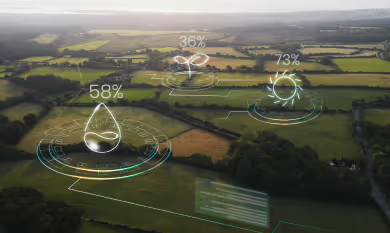


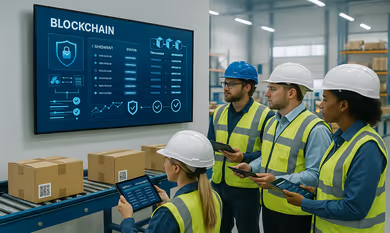








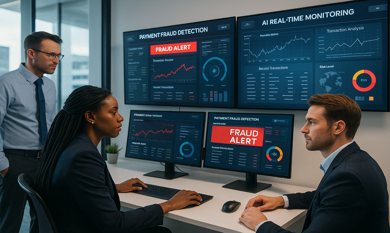


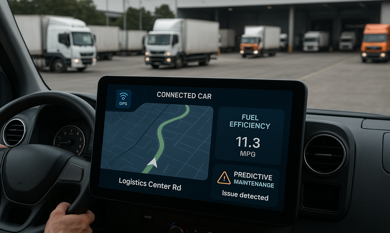






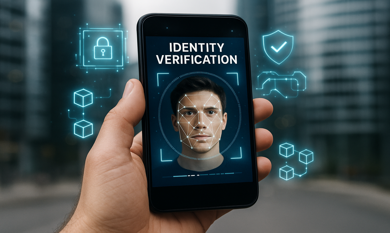




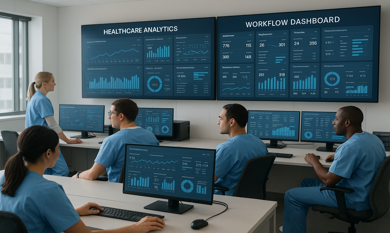
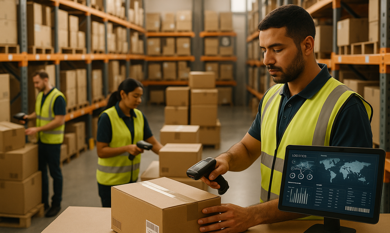
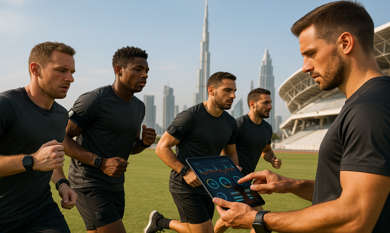


.png)
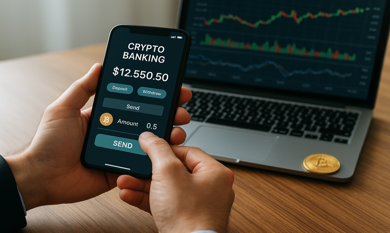




.png)
